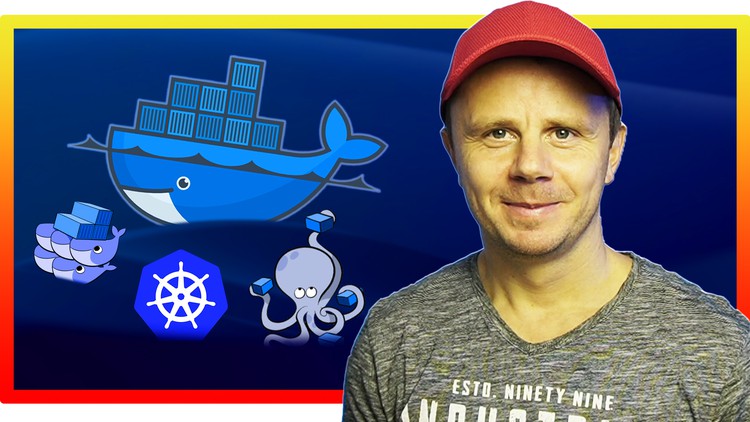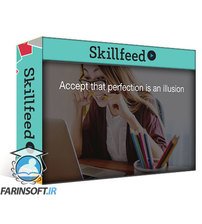در حال حاضر محصولی در سبد خرید شما وجود ندارد.

Complete Docker and Kubernetes Course - learn all core Docker features including Dockerfiles and Docker Compose
در این روش نیاز به افزودن محصول به سبد خرید و تکمیل اطلاعات نیست و شما پس از وارد کردن ایمیل خود و طی کردن مراحل پرداخت لینک های دریافت محصولات را در ایمیل خود دریافت خواهید کرد.


مهندسی برق برای همه

آموزش روش تحقیق

Business English: Management & Leadership Certificate Course

UV-Visible Spectroscopy and Circular Dichroism Spectroscopy

YouTube Marketing 2023 with Dekker Fraser, MBA

The Complete SSL and TLS Guide: HTTP to HTTPS

Complete MongoDB Administration Guide

Data modeling and Relational database design

BPMN & Process Mining in ERP with Software AG – ARIS Cloud

Confirmatory Factor Analysis with SPSS Amos
✨ تا ۷۰% تخفیف با شارژ کیف پول 🎁
مشاهده پلن ها